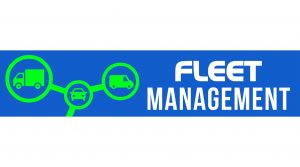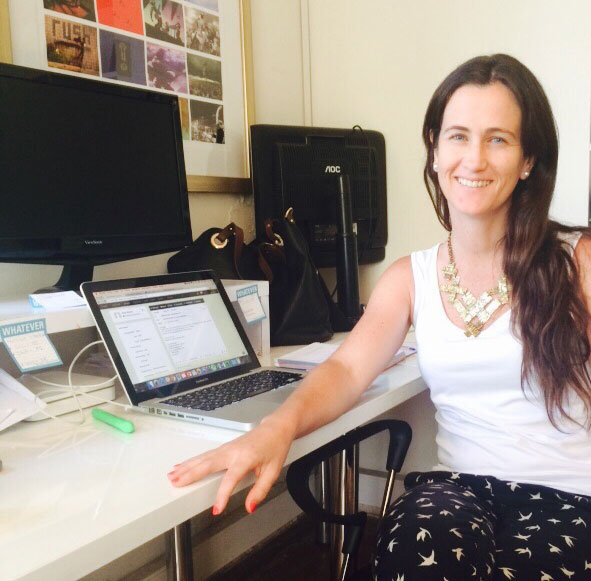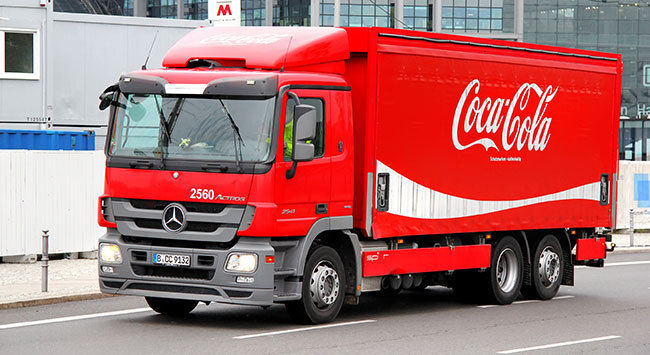Coca-Cola is one of the most renowned and powerful brands of the world, but it’s power doesn’t only come from its brand – which, undoubtedly, is it’s primary asset – but the way it’s logistics and supply chain network works in collaboration, and its constant adaptation to local contexts.
At a global level, the brand has:
- 146,200 worldwide employees
- 3,500 different products
- 8 billion coke bottles sold each day
- 275 global Coke bottling companies
In local operations such as Spain, the company delivers within 24 hours. In large scale operations such as Europe, the company can get drinks from its factories to supermarket shelves within 48 hours.
FLEET MANAGEMENT GROUP  In this group, you can know and share knowledge, experiences and meet people interested in Fleet Management over the world. Each week we publish posts, conferences, news, scientific papers, and technology related to Fleet Management.
In this group, you can know and share knowledge, experiences and meet people interested in Fleet Management over the world. Each week we publish posts, conferences, news, scientific papers, and technology related to Fleet Management.
JOIN TO THE FLEET MANAGEMENT GROUP
What makes its supply chain management so different?
There are several different innovations from the company around the world. But what do they have in common?
Let’s learn from a Philanthropist. In 2010, Melinda French Gates spoke at a Ted conference in New York about what nonprofits can learn from Coca-Cola.
In her concise, 15-minute presentation, the co-chair of the Gates Foundation enlightened the audience with some of the most important values that the company was promoting in the African continent.
Firstly, they take real-time data and immediately feed it back into the product.
According to Ms. Gates, the company has a “very continuous feedback loop. They learn something; they put it back into the product, and they put it back into the market. They have a whole team called “Knowledge and Insight.” It’s a lot like other consumer companies”, she says.
“So if you’re running Namibia for Coca-Cola, and you have a 107 constituencies, you know where every can versus bottle of Sprite, Fanta or Coke was sold, whether it was a corner store, a supermarket or a pushcart. So if sales start to drop, then the person can identify the problem and address the issue.”
Secondly, they tap into local entrepreneurial talent.
In 1990, the company started training local entrepreneurs and provided them with small loans. “They set them up as what they called micro-distribution centers, and those local entrepreneurs then hire sales people, who go out with bicycles and pushcarts and wheelbarrows to sell the product.”, she explains.” There are now some 3,000 of these centers employing about 15,000 people in Africa.”
This feedback loop and entrepreneurial talent search has expanded into its worldwide operations.
Periodic meetings
In France, for instance, Beverage Daily speaks about the number of changes the company made to reduce carbon emissions and improve its distribution service. The company not only began manufacturing products more frequently and modifying production lines. They put in place fixed daily journeys between primary sites, with weekly meetings between European teams and their local counterparts to “anticipate production and travel needs in the medium term”, according to the publication. This includes common journey indicators that are shared by all actors in the supply chain.
Customized trucks
In Atlanta, they had the pallets of their delivery trucks transformed. Instead of side-load trucks filled with several full pallets of the same products and units, they built mixed pallets to fit various products in the right quantities to fulfill particular stores’ orders, reducing times and effort from a traditional approach. According to the site Logistics Viewpoints this was done by using the intelligence data from Advanced Shipping Notices (ASNs).
Networked capacity to adapt
In several operations of Western Europe, they’ve developed systems to work in close collaboration with customers. Wendy Manning, vice president of customer logistics at Coca-Cola Enterprises, tells Global Manufacturing that production systems “are networked to allow us to raise or lower capacity, allowing us to meet demand peaks (expected or unexpected) by flexing up production at several sites if needed. And we’re fully prepared for exceptional levels of demand, for example during Christmas or major sporting events like the Olympics,” she says.
A nationally spread software with optimized delivery routes
In Mexico, according to Material Handling & Logistics (MH&L), the logistics system has 13 franchised bottling companies, 60 production plants and 428 distribution centers (DCs). An umbrella organization in Mexico City controls the distribution network, handled locally by the franchises. The central office designs point-of-sale service management tactics, with computing systems which “within a few hours, review all routes and sales territories,” Antonio Grife, Coca-Cola Mexico’s supply chain, warehousing and transportation officer, told MH&L.
“Truck and workload scheduling for point-of-sale distributors used to take months but now are fully sensitive to real-time market demands,” he says. That way, the company delivers local bottlers planning processes developed for the entire supply chain. These are not compulsory, but bottlers design their own distribution schemes.
Computer software also works in distribution plans to forecast demand and route optimization. This data is analyzed periodically for the planning processes.
Reverse Logistics
We’ve spoken before about this issue. At a global level, the different distribution centers of this brand work in close collaboration with retail companies and local dealers in order to have recyclable bottles returned, sanitized and repurposed. This adds to the brand value and maximizes their local fleet management capacity in the return of bottles.
With closed-loop reporting and local integration, Coca-Cola has enabled its supply chain network worldwide to adapt to the constant changes in their surrounding environments, and face competition.
What lessons would you take from this company? How does your business adapt to local contexts or integrates reports to improve?
 Writen by Francisca Howard
Writen by Francisca Howard



